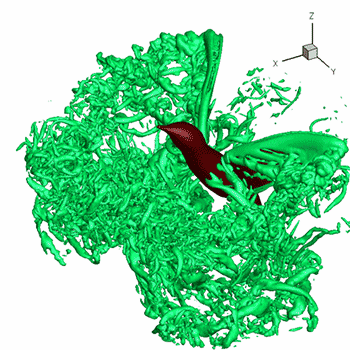How do you find the asymptotes for #y=22/(x+13)-10#?
1 Answer
The horizontal asymptote is
Explanation:
Find the asymptotes for
The horizontal asymptote (HA) is given by the
The vertical asymptote (VA) is found by setting the denominator equal to zero. When the denominator is zero, the equation is undefined at that value of
Alternatively, to find the HA, combine the two terms using a common denominator.
In this case, the HA is found by comparing the degree of the numerator and denominator. If the degrees are the same, the HA is the leading coefficient of the numerator divided by the leading coefficient of the denominator.

